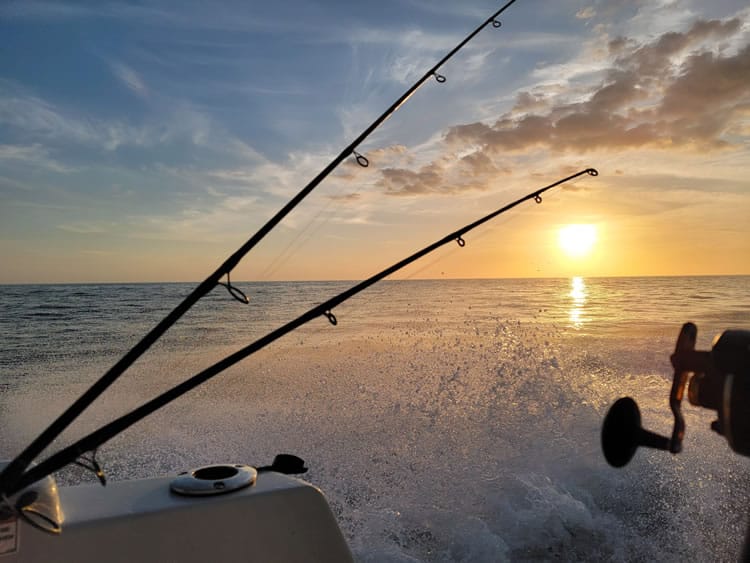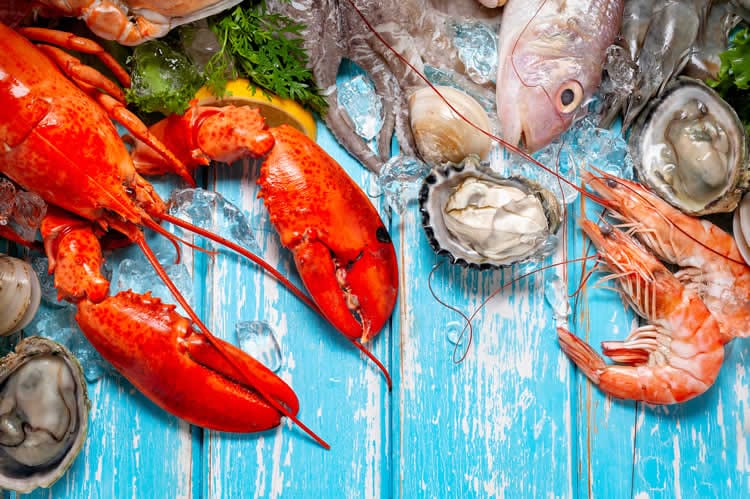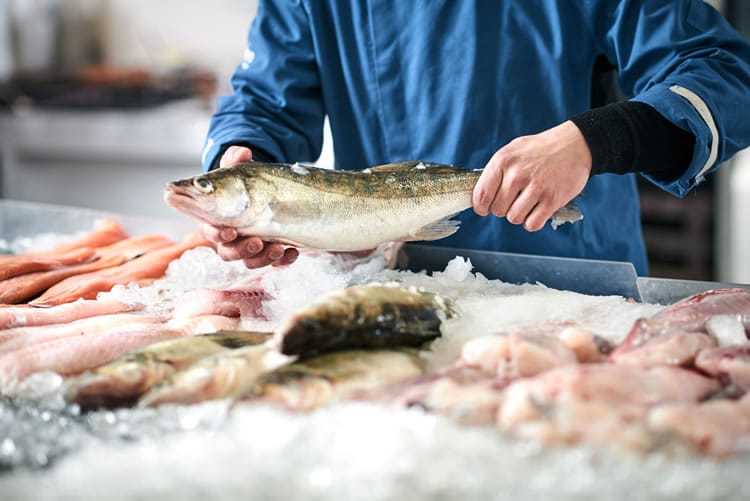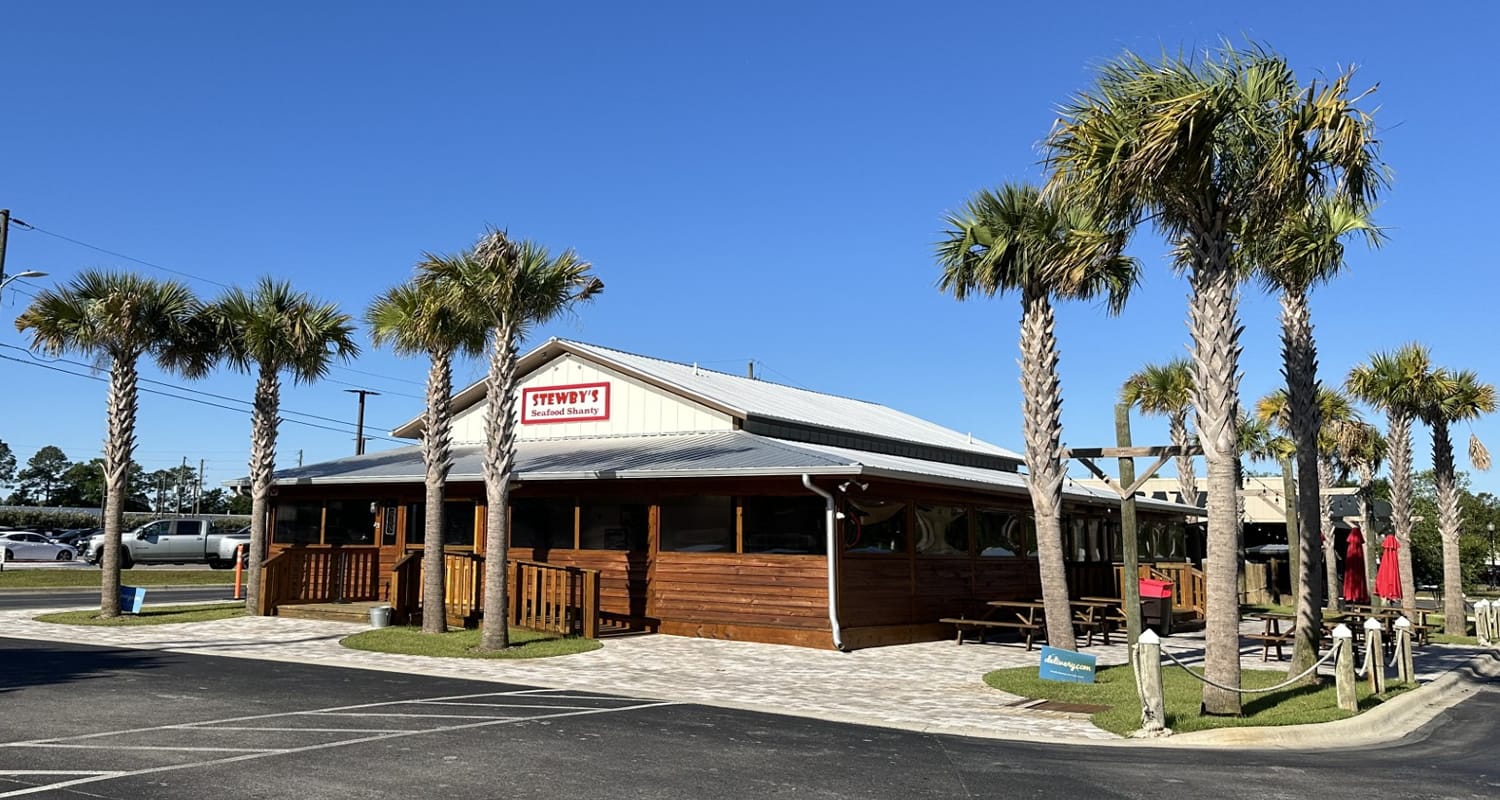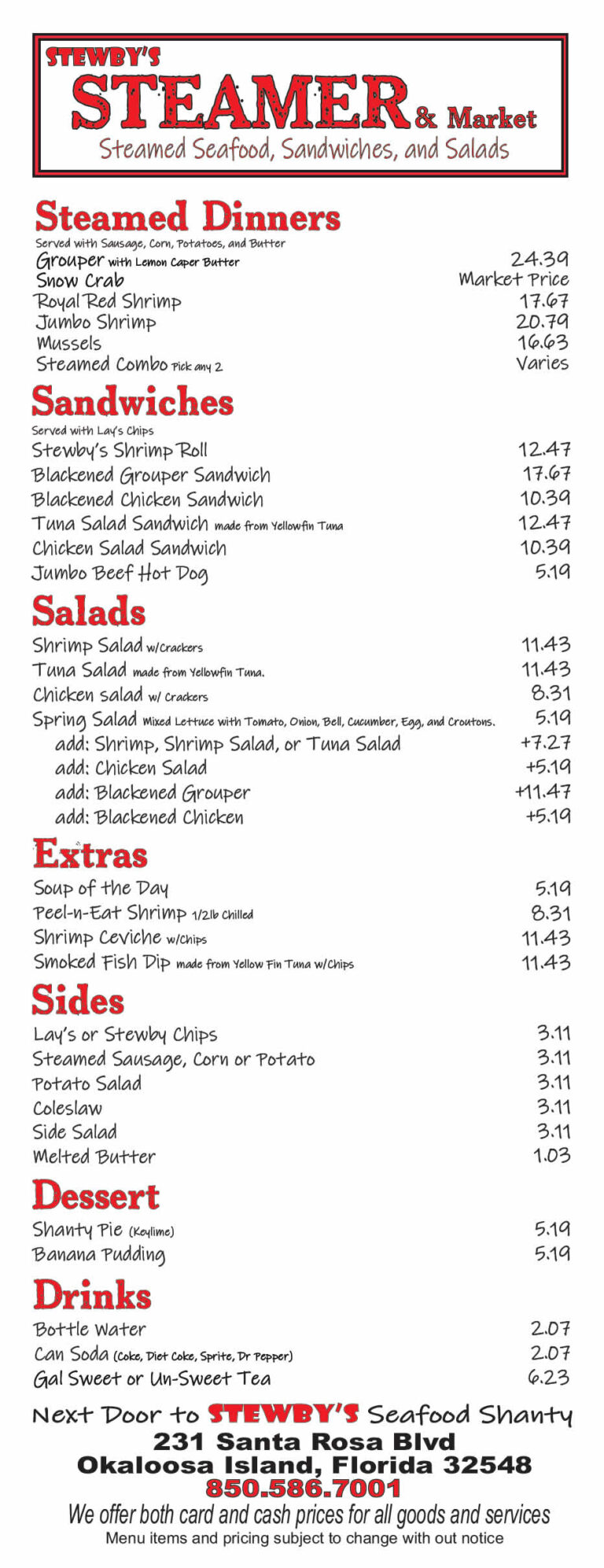Understanding Seafood Seasonality: When to Enjoy Your Favorite Fish and Shellfish
Seafood seasonality plays a crucial role in ensuring that you enjoy the freshest, most flavorful fish and shellfish while also supporting sustainable fishing practices. In this article, we’ll explore the concept of seafood seasonality and provide a guide to when you can savor your favorite seafood varieties at their peak.
When it comes to enjoying the best seafood, timing is everything. Just like fruits and vegetables, different types of fish and shellfish have peak seasons when they are most abundant, flavorful, and sustainably harvested. Understanding seafood seasonality is key to ensuring that you’re getting the freshest, most delicious seafood possible while also supporting responsible fishing practices. In this article, we’ll delve into the concept of seafood seasonality and provide a guide to when you can enjoy your favorite varieties at their finest.
Seafood seasonality is influenced by a variety of factors, including spawning cycles, migration patterns, and fishing regulations. Many species of fish and shellfish have specific times of the year when they are most plentiful and at their peak flavor. For example, wild salmon from Alaska is typically in season from May to September, while Dungeness crab from the Pacific Northwest is best enjoyed from December to August.
One of the primary reasons to pay attention to seafood seasonality is to ensure that you’re getting the freshest, highest-quality products. When seafood is in season and locally sourced, it often means that it has been recently caught and hasn’t had to travel far to reach your plate. This translates to better flavor, texture, and overall quality. At Stewby’s Seafood Shanty, we take great pride in sourcing our seafood from local fishermen and ensuring that we always offer the freshest, most seasonal varieties to our customers.
Another important aspect of seafood seasonality is its connection to sustainable fishing practices. Many species of fish and shellfish are subject to seasonal regulations and catch limits that help protect their populations and prevent overfishing. By choosing to consume seafood that is in season and responsibly harvested, you’re supporting the long-term health of our oceans and the livelihoods of the fishermen who depend on them.
To help you navigate the world of seafood seasonality, here are a few examples of when to enjoy some popular fish and shellfish varieties:
- Oysters: While oysters can be enjoyed year-round, they are often at their best during the colder months (September to April) when they are plump and flavorful.
- Lobster: American lobster from the Northeast is generally in season from June to December, with peak availability in the summer months.
- Tuna: Albacore tuna from the Pacific is typically in season from June to October, while yellowfin tuna is available year-round but peaks in the summer.
- Shrimp: Gulf shrimp from the southern United States is generally in season from May to December, with peak availability in the summer and fall.
For a more comprehensive guide to seafood seasonality, consult the NOAA Fish Watch Seafood Profiles, which provide detailed information on the seasonality, sustainability, and health benefits of various seafood species.
At Stewby’s Seafood Shanty, we are committed to offering our customers the freshest, most seasonal seafood available. Our close relationships with local fishermen and dedication to sustainable sourcing ensure that every dish we serve showcases the best that the ocean has to offer. Whether you’re in the mood for succulent Gulf shrimp, flavorful Apalachicola oysters, or any of our other seasonal specialties, you can trust that you’re getting the freshest, most responsibly sourced seafood possible.
So, the next time you’re craving seafood, keep seasonality in mind and let Stewby’s Seafood Shanty be your guide to the most delicious, sustainable options available. Visit us today and taste the difference that fresh, seasonal seafood makes.

